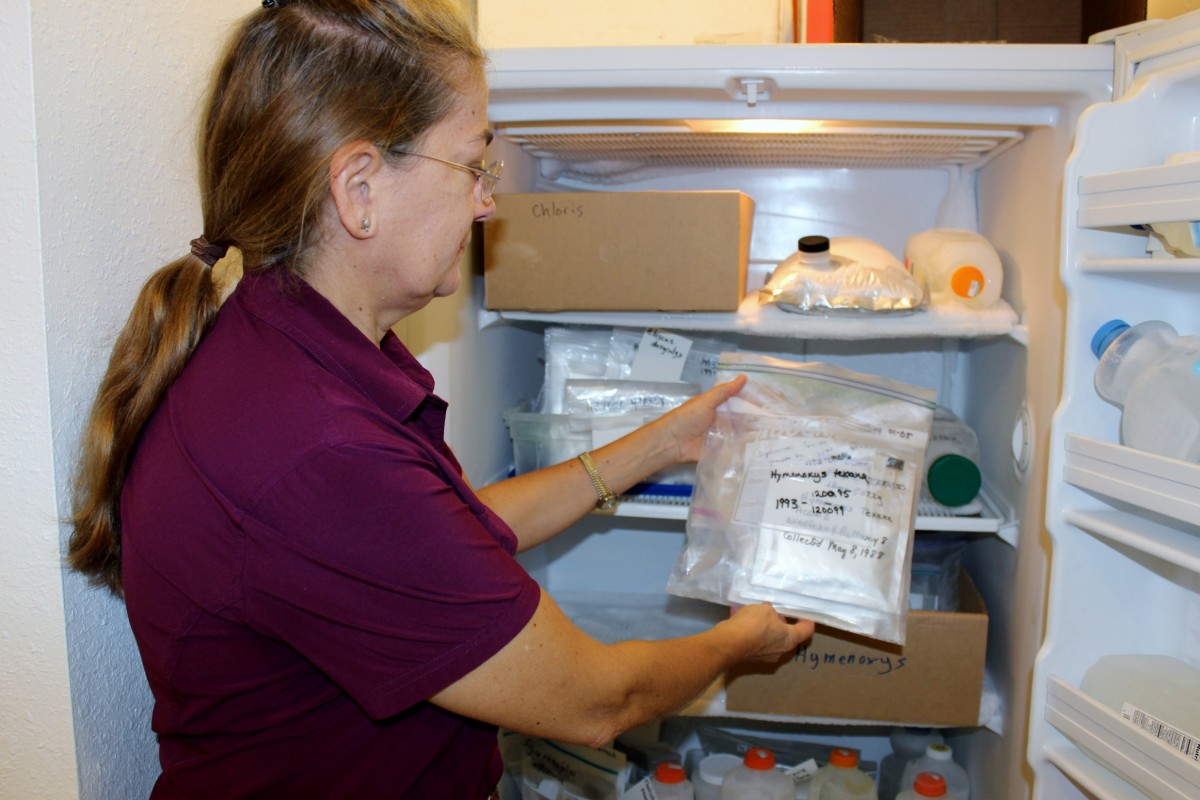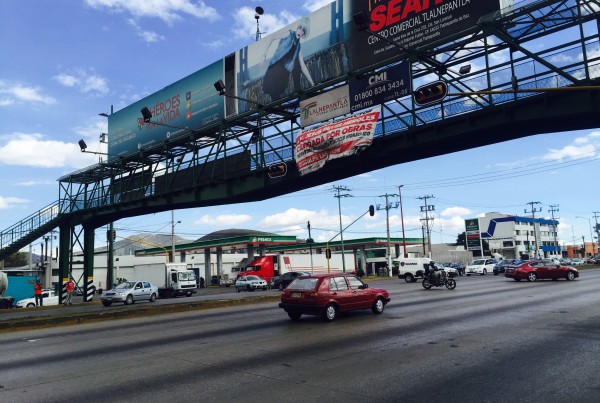This story originally appeared on Houston Public Media.
An El Niño is unusually warm water in the Pacific Ocean that can change weather patterns here in Texas. An extra-strong El Niño is now shaping up and could mean a winter that is cooler and wetter than normal. Or at least that’s the theory.
We asked the state’s official climatologist, John Nielsen-Gammon at Texas A&M University what he thought.
“Can’t say with precision what’s going to happen but a dry winter is pretty much off the table,” Neilsen-Gammon said.
Nielsen-Gammon says there is a lot of data now on past El Niño’s — and some really good computer models — that make a long range forecast fairly reliable. He explained that in many of the past winters when there was a strong El Nino, it rained significantly more than average in Texas.
But what about temperatures? That’s where he says it gets a bit more complicated because of climate change.
”Probably cooler temperatures. In this case though, the tendency for slightly cooler weather associated with El Nino is going to be competing with the long term increase in temperatures we’d experience with climate change. So probably going to cancel each other out,“ Neilsen-Gammon said.
The combination of the two, climate change and El Niños, could have a variety of impacts on about anything that depends on the weather, from construction projects to farm, even to what’ll grow in your yard. It’s on that last point that we found work already underway to compensate what climate change might do to the Texas landscape.
Darrin Duling is the director of Mercer Botanic Gardens, a county-owned oasis sprawling across 300 acres just north of Houston’s Bush Airport and packed with plants, trees, and streams.
“It really is going to depend on how radical the change is. But yes, some things living here now probably won’t be making it in another 50 years if the climate changes the way they are projecting,” Duling said. “So in the future we’re actually looking towards that. Right now we’re introducing a lot palms and other subtropical and even tropical species to see if they’ll make it here. And they probably will.”
Those new species will replace native plants that may not survive climate change. The may even be at risk for extinction.
But the Mercer Gardens staff is doing something about that.
We follow Duling into a building where we find Mercer botanist Anita Tiller. Tiller takes us to a little room with a couple of upright freezers. Inside are foil packets full of thousands of seeds.
“What we have here are some of the seeds of prairie dawn,” Tiller said, holding a vacuum-sealed packet she pulled from the freezer. Texas prairie dawn is a kind of sunflower.
The prairie dawn seeds are decades old, taken from what had been a meadow many years ago but what is now an office park along a Houston toll road.
“This was from a site destroyed due to construction. Mercer rescued these seeds back in the late 80s,” Tiller said, pointing to the date written in black marker on the packet, “collected May 8, 1998.” They’ve been frozen ever since.
Tiller had just sent a shipment of endangered seeds to a national seed bank for preservation with the hope they can be replanted where they can thrive.
Species like the Texas prairie dawn wildflower have been in decline due in part to urbanization, but now, are also threatened by climate change according to scientists.
“Only the hardiest and most adaptable will survive,” said Duling, the Mercer Gardens’ director. “Our role as a botanic garden is to experiment with those species that grow in more extreme climates than what we’re used to, to see if we can introduce things that will be a part of our landscape in the future.”















